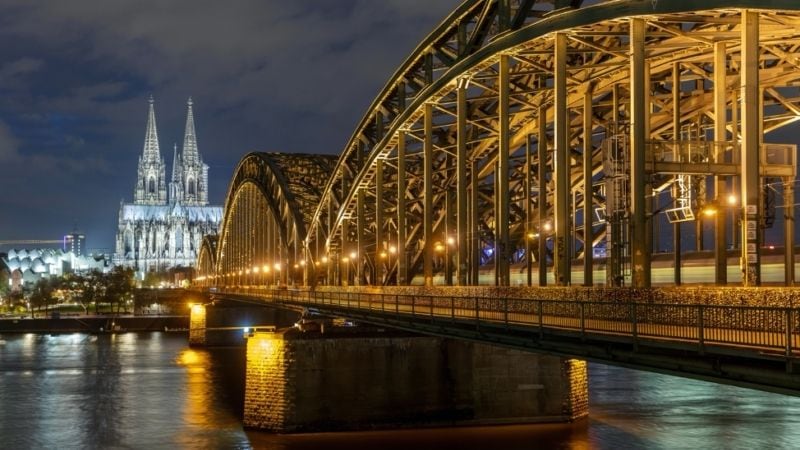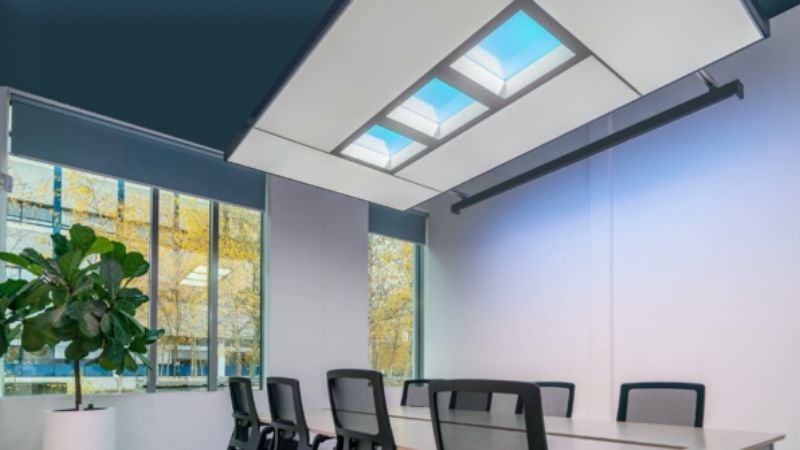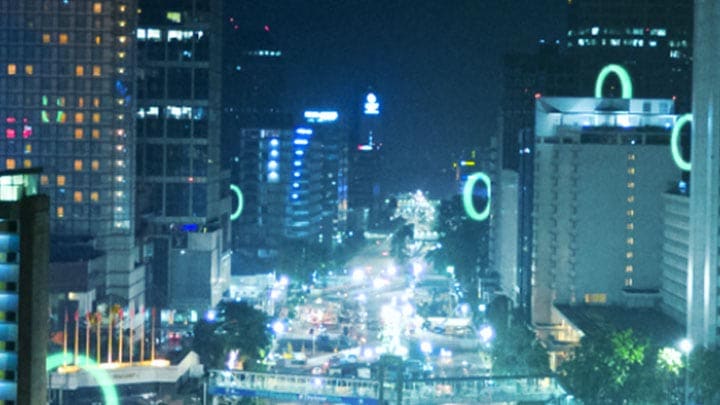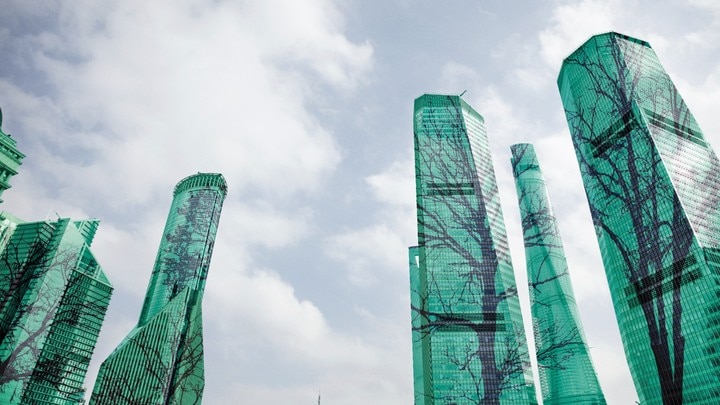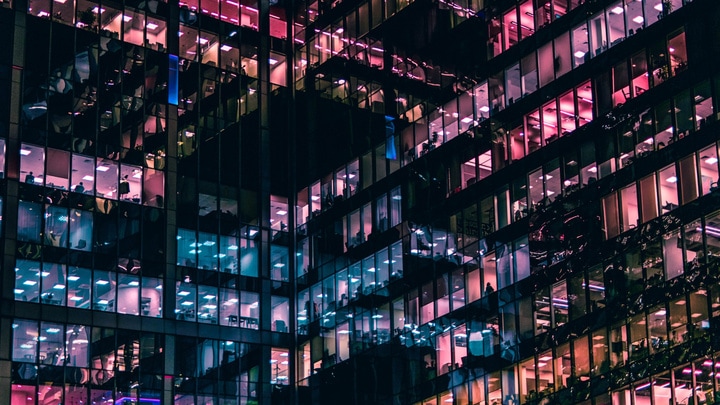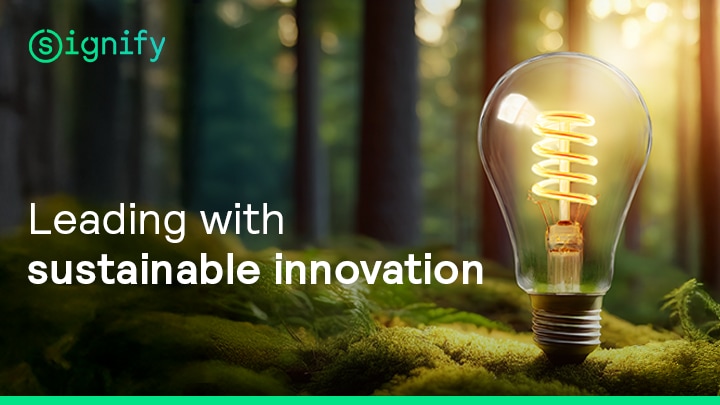November 18, 2020
Switching to LEDs can save Europe money and cut emissions, while digital controls create a more connected world
Adopting smart lighting technologies must be at the center of upcoming recovery and resilience plans submitted by EU member states.
Total financial support between the long term 2021-2027 budget and NextGenerationEU, an emergency temporary recovery instrument aimed to repair the economic and social impacts of the coronavirus pandemic, is said to be over €1.8 trillion.
